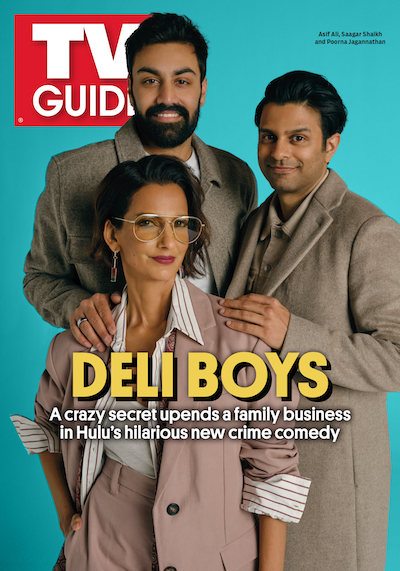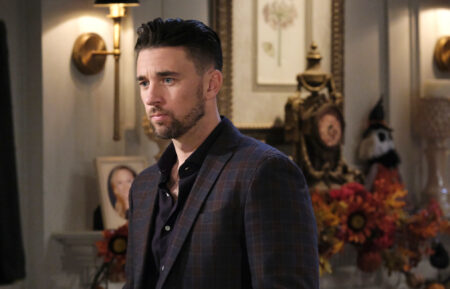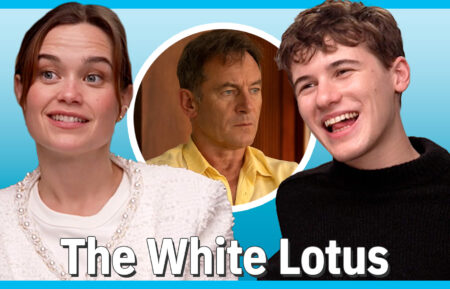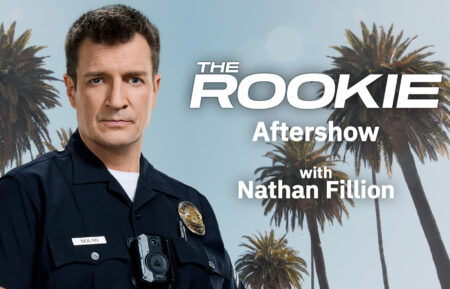‘The Last of Us’ Retrospective: How a Game Propelled a Franchise Into Mainstream Popularity 10 Years Later
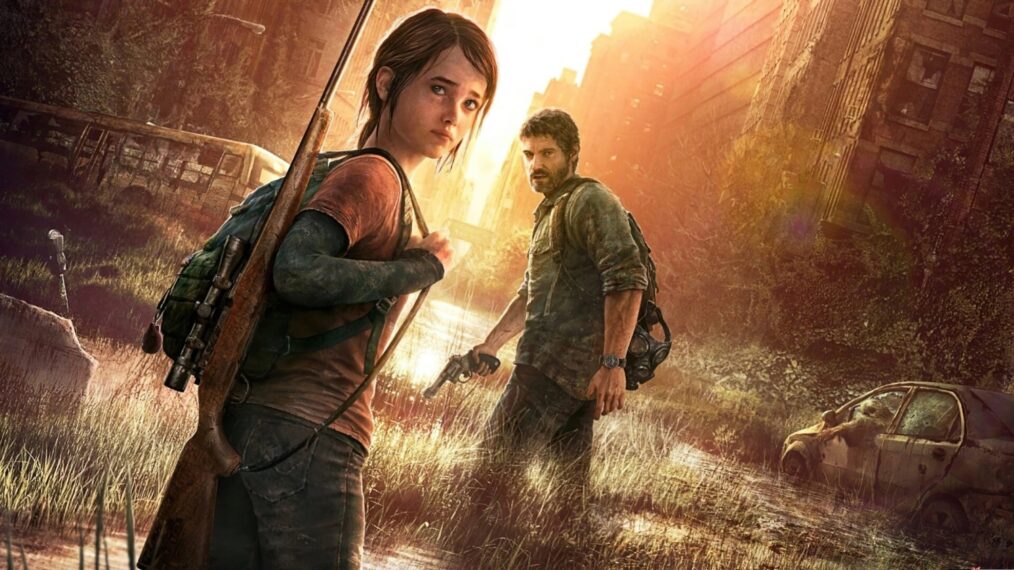
The Last of Us is a 2013 PlayStation title that’s taken the world by storm since its inception, with various spinoff comics, additional DLC, a sequel, and now a live-action TV adaptation on HBO.
There’s nothing groundbreaking about its setting or its subject matter, but The Last of Us has catapulted to mainstream popularity because of how masterful it was in combining two tropes audiences have been enamored with for years.
Striking the post-apocalypse zombie setting while the iron was hot and being one of the first new age properties to utilize the lone wolf small cub trope to full effect in 2013 assuredly helped cultivate around the original game. People were enamored with The Walking Dead on the television side, and movies like The Road (2009) and Kick-Ass (2010) were setting the stage for recently acclaimed media like Logan, God of War (which is getting a TV adaptation), The Witcher (a television series adapted from a series of novels and The Witcher 3 video game), and more.
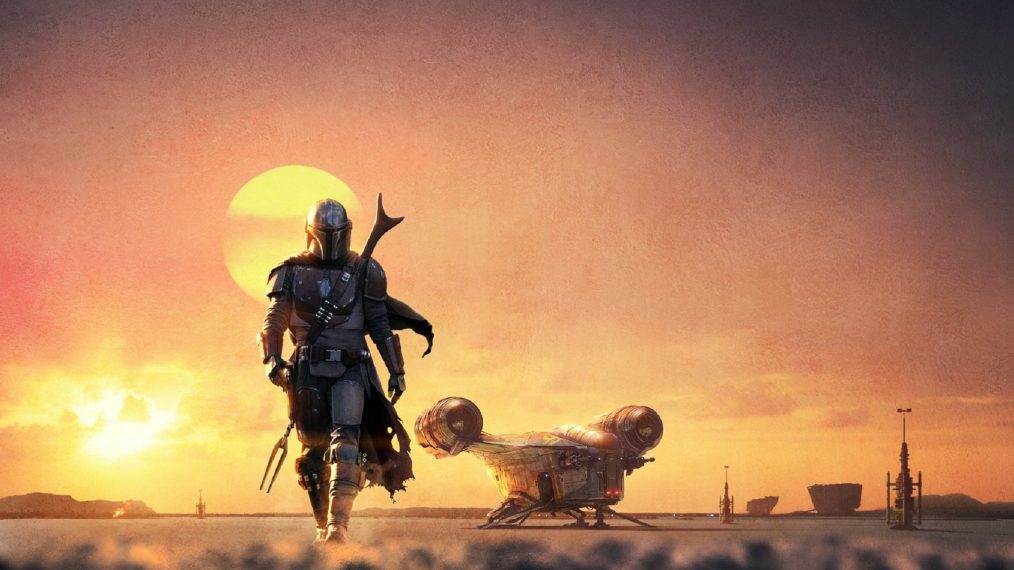
Disney+
It wasn’t long before television got in on the lone wolf and cub/badass and child trope. People love seeing a gruff, tough, reluctant guy cultivate the upbringing of a powerful yet naive child. It’s attributed to the success of Stranger Things (Hop and Eleven), Game of Thrones (Arya and The Hound), and recent Star Wars shows like The Mandalorian and Obi-Wan Kenobi.
But combining two tropes that have permeated television for a decade, with characters that represent the lone wolf and cub dynamic so well, The Last of Us was always going to be a winning formula fit for a successful live-action adaptation, especially since the two lead character’s chemistry drives the narrative more than its post-apocalyptic environment.
Players control Joel (Troy Baker), a smuggler tasked with escorting a teenage girl, Ellie (Ashley Johnson), across the post-apocalyptic United States following a mutant Cordyceps fungus outbreak. Suffering from the loss of his daughter at the start of the outbreak, Joel has survived for twenty years, becoming hardened with questionable morality. Meanwhile, Ellie is a fourteen-year-old orphan growing up in a collapsed society with immunity against the Cordysceps infection. This means she can potentially be the cure for the outbreak but at the expense of her life. She doesn’t know that and now must face traumatizing encounters as she’s unknowingly delivered to her death.
Joel and Ellile are one of the best examples of the trope. The Last of Us’ gradual change between two characters, a traditionally masculine protagonist softening while the innocent child transitions into a hardened yet capable individual, is always at the forefront of the narrative. Instead, its setting serves as a backdrop for the harsh obstacles they must overcome, which puts into question whether their soul can remain intact in the aftermath. The answer always results in character building. In that sense, these tropes also allow for a coming-of-age story to be told, showcasing a young person’s growth into adulthood.

HBO
According to creator Neil Druckmann, one of the story’s main themes is that “life goes on.” We, as audiences, love human connection and the vulnerabilities that allow for such a relationship to flourish, and under harsh post-apocalyptic circumstances, those moments are on the surface of every line of dialogue or facial expression. You not only see this between the characters in the game but it’s also conveyed through their live-action counterparts, Pedro Pascal (Joel) and Bella Ramsey (Ellie). With Druckkman at the helm of the HBO series, he ensured the chemistry between the actors reflected what would be seen from their characters in the show. The format also allowed him to extrapolate the themes of the show in ways he was unable to in the game.
Although it’s first and foremost a video game, the mechanics of gameplay it has to adhere to sometimes get in the way of the greater story. As a result, those action sequences mar down the narrative and themes The Last of Us is trying to represent, which ultimately is human connection. The big action scene when meeting up with Bill has to be there because it’s a video game. But as Episode 3 in the series showcased, it was able to fully expand on a character and tell a tale that was only hinted at in the original source material. There are several changes in the television series from the original source material that lends itself to the narrative better than any action sequence could.
One of the only times gameplay lends itself to the narrative is at the end of the game, when the player’s forced to shoot their way to Ellie as Joel and kill an innocent surgeon in order to save Ellie after realizing she’d be sacrificing herself for a vaccine. Outside of the dynamic between the two leads, the ending of the story is what has stayed with fans the most.
What compels a person to single-handedly doom the world? This is the query that The Last of Us’ conclusion asks us to contemplate. Ellie’s selfless act was crucial in stopping the fungal epidemic, yet Joel simply couldn’t bear to let her go, even if it entailed sacrificing the lives of others.
Although it makes Joel sound like a monster, in truth, his decision is a reflection of ourselves and humanity at large. Even though he’s not a monster, his actions showcase that Joel lost his soul a long time ago (probably when he lost his child). But there’s still hope for the next generation in Ellie.
Elders must shoulder the burden of the past instead of passing it down, or else we’re dooming humanity’s future internally the same way humanity’s present has been doomed externally. We always see zombie stories play with this theme, but we never ask if humanity will shine through from the younger generation who don’t know life outside of their inhumane circumstances.
What would Ellie become following this? And would what she becomes allow her to keep her soul intact? Or is she doomed to follow in the footsteps of her surrogate father?
Although there’s a sequel for the game that answers the above, it’s the setup question that has enamored fans for years. And even after the series catches up to the second game in one or two seasons, people will assuredly look back at the end of Season 1 and wonder if, in that situation, they would have done it any differently, either.
From TV Guide Magazine
Crime, Comedy & Convenience Stores: Unwrapping Hulu's 'Deli Boys' With the Cast
Cupcakes, corndogs…and cocaine?! Two brothers find themselves in a hilarious pickle when they inherit an unseemly bodega biz in Hulu’s new comedy Deli Boys. Find out how The Sopranos and Real Housewives of Orange County influenced the cast. Read the story now on TV Insider.


